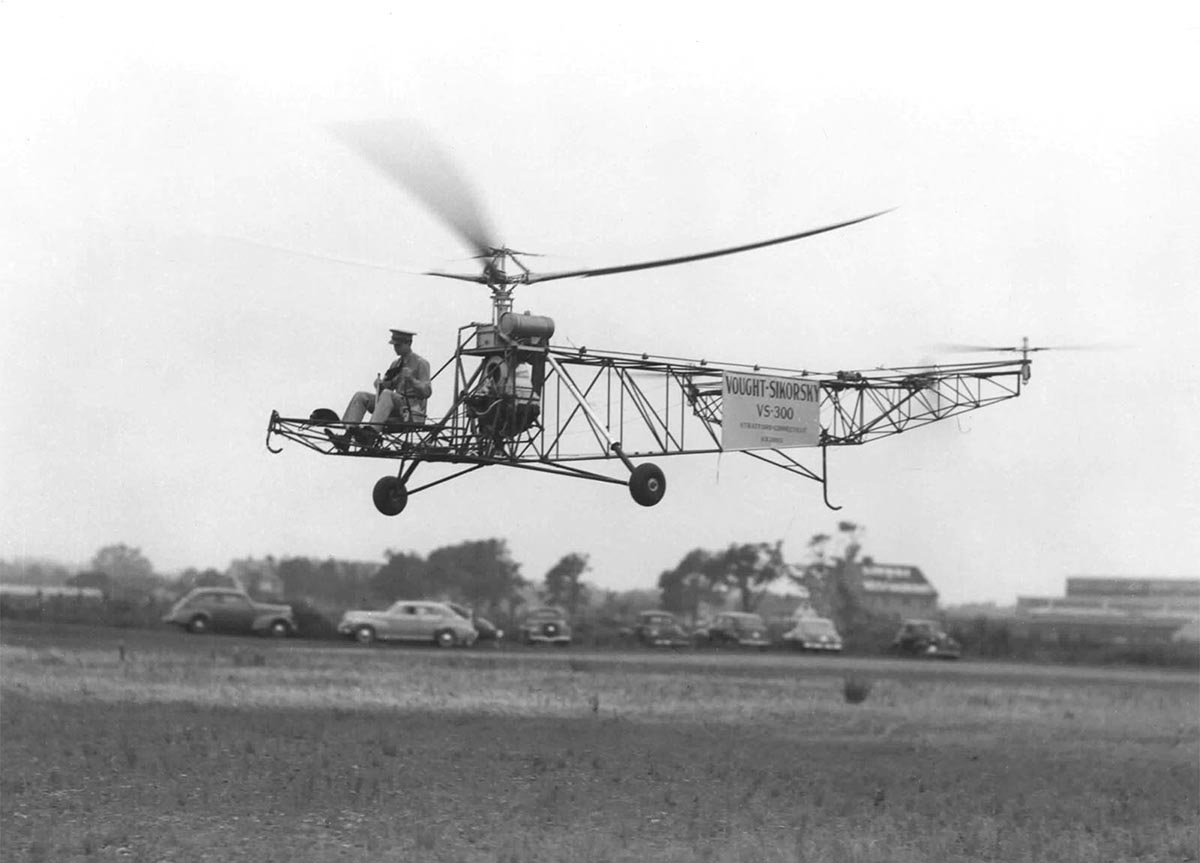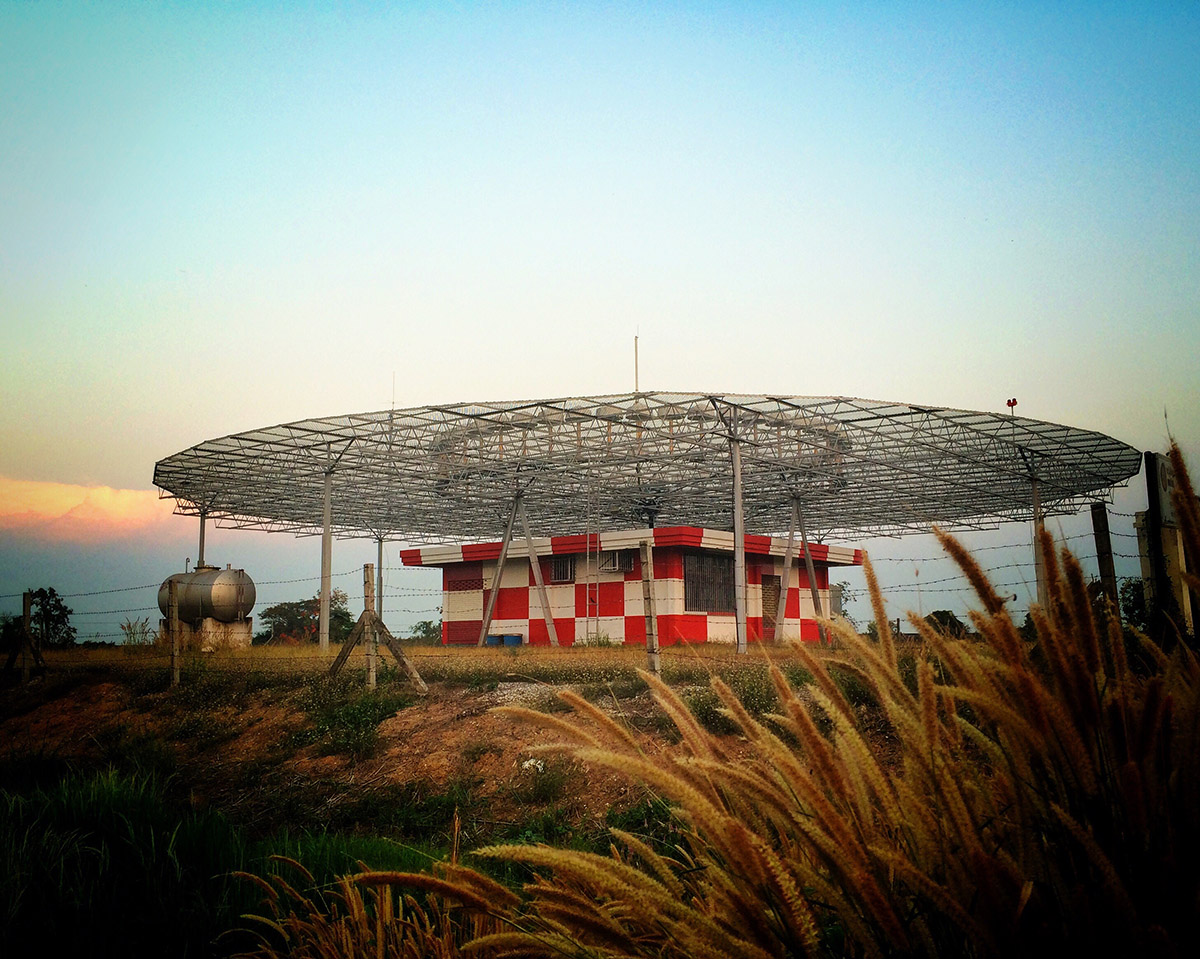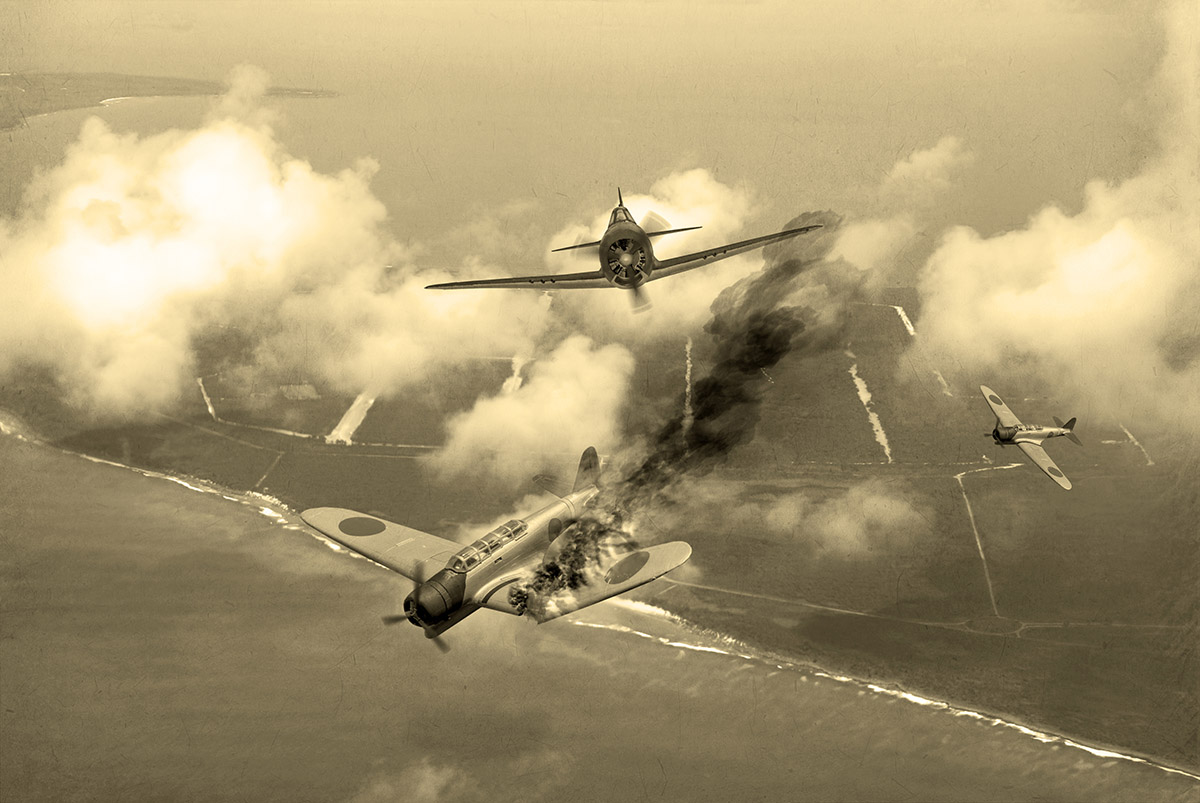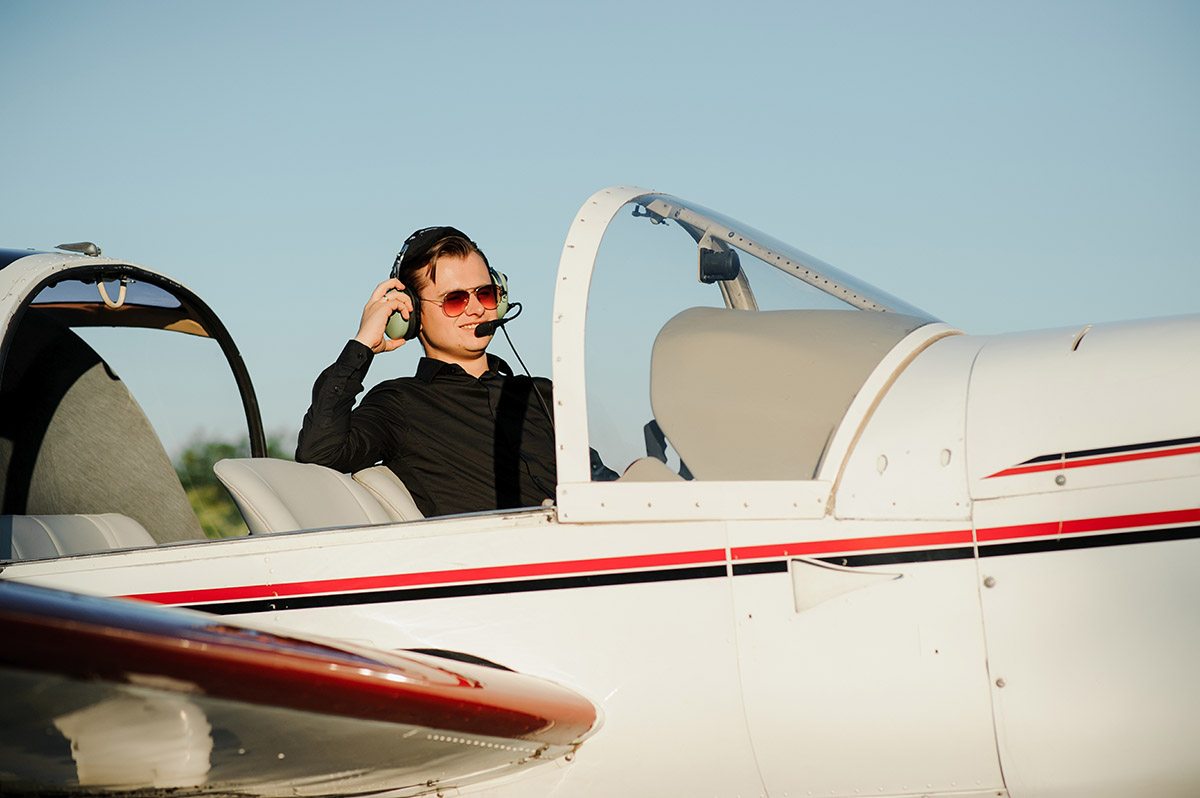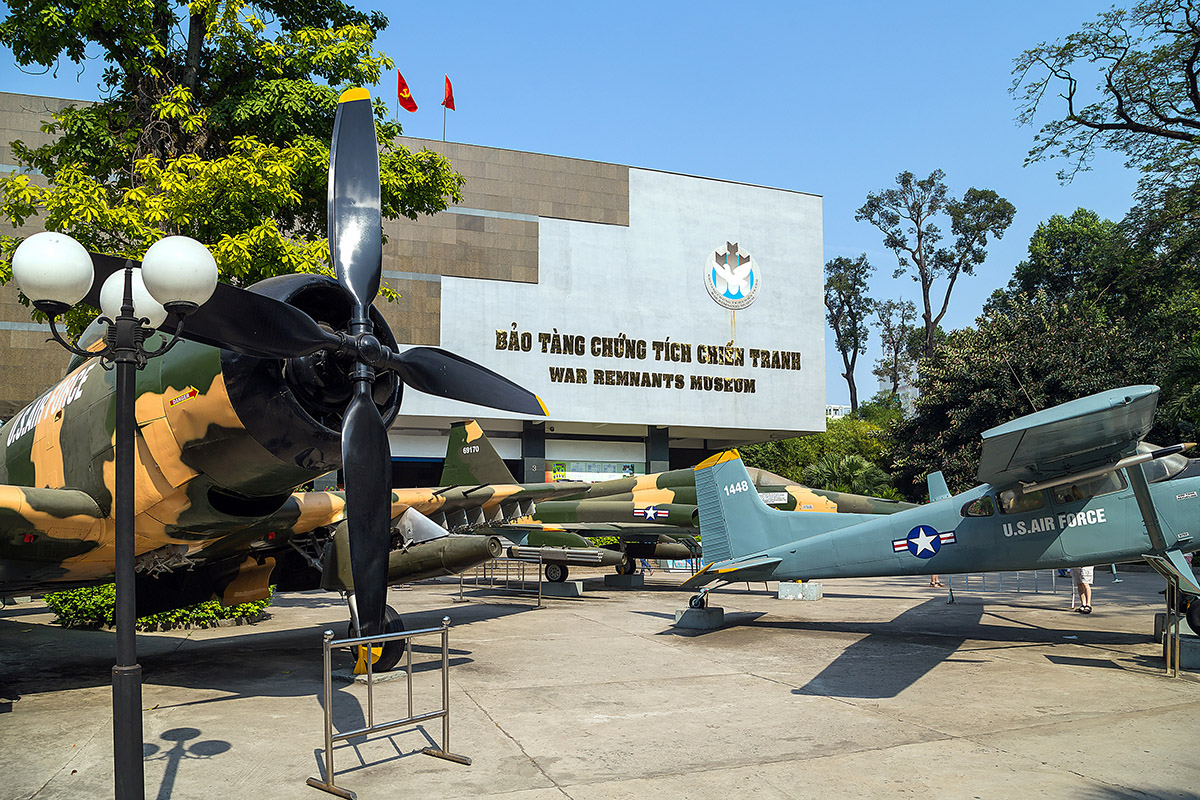Despite being the fastest and safest means of transportation in the world, planes, like other vehicles, are subjected to severe weather conditions like heavy rain or thunderstorms.
Our research team at The Wright Experience has conducted extensive research to confirm whether planes can fly in the rain. Scroll to learn what we have discovered!
In this article:
Can Planes Take Off In The Rain?
Yes, you can fly in the rain, strong wind, hot temperatures, and even thunderstorms or snow. Nevertheless, the risks of reduced visibility, hydroplaning, and engine failure can be quite high in extremely adverse conditions. Always monitor visual inspections and weather radar to adjust your plans or find alternative flight paths when necessary.
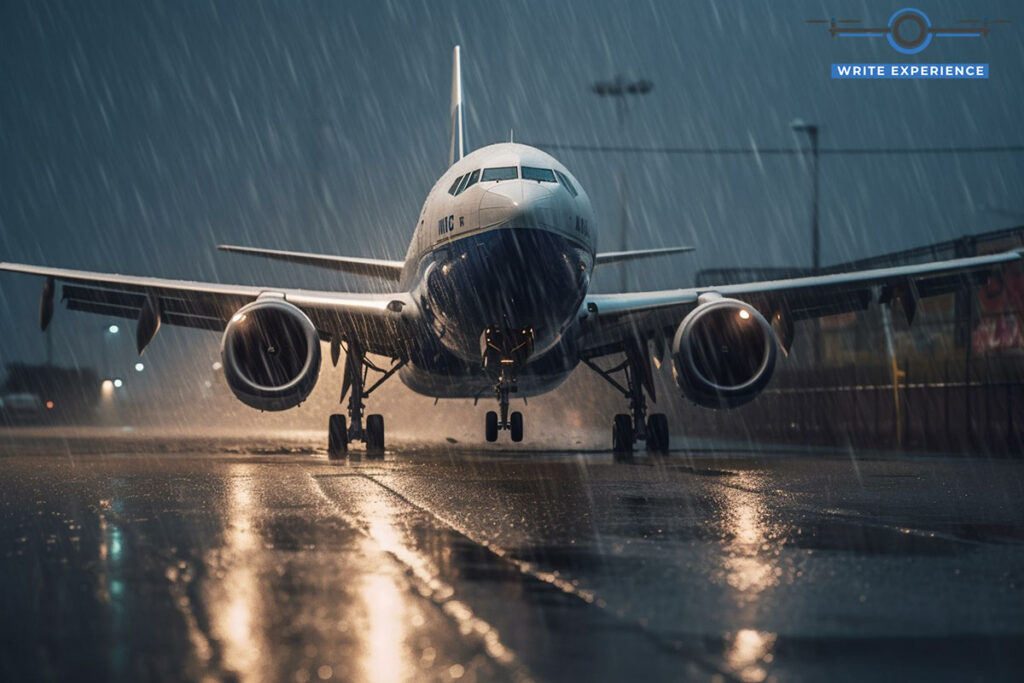
The Hazards of Flying In Rainy Weather
1. Reduced Visibility
Legality Concerns During Flights for VFS Pilots
One major issue when flying in the rain is the reduced visibility, which might even drop below the legal limits for VFS (Visual Flight Rules) pilots. In such cases, they must reroute and land immediately to comply with aviation regulations.
In warmer climates, rain itself does not pose too much of a visibility problem. Unfortunately, rainstorms usually bring along other weather phenomena that can be quite troublesome, such as fog or extremely low cloud cover.
Landing Difficulties For Instrument-Rated Pilots
Though not as affected as VFR pilots, instrument-rated pilots must still prepare for potential hindrances. After all, instrument approach regulations specifically require minimum visibility and decent altitudes for landing. That means if clouds hang too low or flight visibility is severely limited, safe landings might not be feasible.
More Visibility Struggles for Small Aircraft
Transport planes and airliners are often equipped with windshield wipers (and sometimes liquid repellent) to clear out their windscreens. Unfortunately, smaller aircraft often lack both, making it challenging to maintain decent visibility during adverse weather.
2. Engine Failure
Rain or moisture might enter the plane’s engine through:
- The intake duct (located at the front of the aircraft). Since it is designed to draw in air for power generation and fuel combustion, rainwater might be accidentally drawn into the duct along with the air.
- Downwash. Helicopter rotors generate a powerful air downdraft, which might cause rainwater to be kicked up from the ground and into the engine.
In any scenario, once rainwater sinks deep into the engine, it will displace the air required for combustion and lead to severe power loss. In worse cases, the engine might even flame out and stop running altogether. Water also damages other internal components inside the engine, such as the compressor and the turbine blades.
The situation gets even more distressing in colder temperatures, as rainwater will freeze inside the engine, forming ice that further disrupts airflow and compromises the plane’s operation.
3. Hydroplaning
Deep water pooling on the runway or landing surface causes the plane tires to lose traction with the ground, leading to a loss of control.
Heavier planes put even more pressure on the tires and worsen the situation. In severe rainstorms, the crosswinds might further complicate your landing process by drifting the plane away from the runway’s centerline!
Needless to say, impromptu landings at high speeds during the rain can be deadly dangerous, as the tires have even less time than usual to channel water away from the contact patch in those cases.
How About Other Adverse Weather Conditions?
1. Thunderstorms
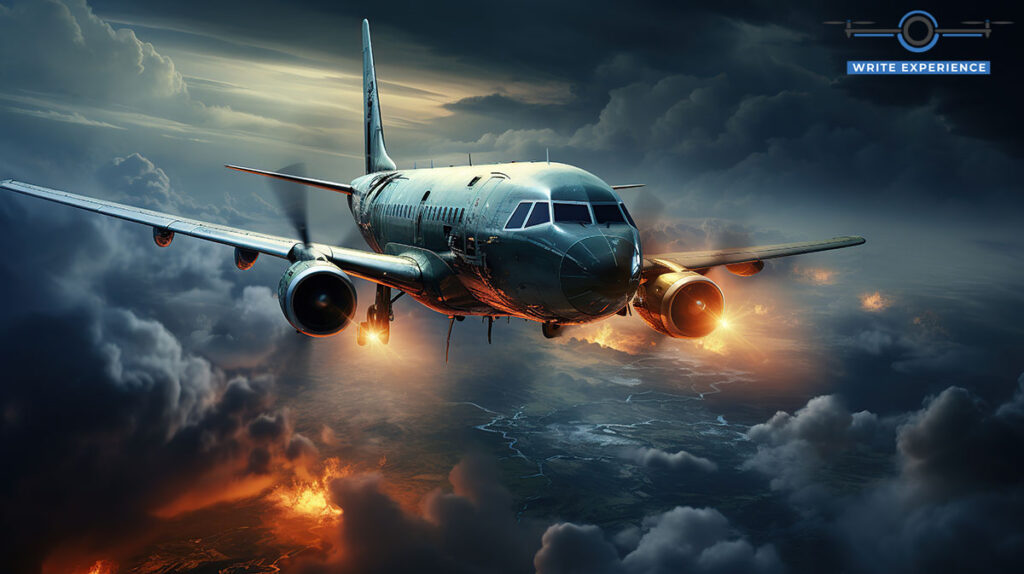
Thunderstorms pose significant flight risks due to strong downdrafts, updrafts, and turbulence (not to mention the lightning strike!) Airline pilots are advised to avoid flying close to or through those storms to ensure 100% safety.
But what if it is impossible to sidestep those situations, such as when thunder looms over the destination airport? According to our research, many pilots decide to wait for it to pass or choose an alternate flight route.
To make the most informed decisions in such cases, do not forget to check meteorological reports and weather radar:
- Meteorological reports offer extra information about the anticipated weather in a specific area.
- Weather radar provides visual displays of the surrounding weather conditions to help pilots identify possible thunderstorms.
2. Wind
The wind itself is not typically dangerous to aircraft. However, its direction and speed might introduce certain challenges during takeoffs and landings.
- Headwinds slow down the planes and drastically affect the total travel time. Long cross-country flights (e.g., across the Atlantic) will suffer most from these issues.
- Aircraft are usually positioned to face the winds during takeoffs and landings. Yet, crosswinds might complicate this process and make it trickier for pilots to adjust their control.
But here is the great news: despite the bumpy rides, turbulence is usually more like a small inconvenience than a real safety threat. In the worst-case scenarios, most turbulence-related incidents in the past only resulted in minor injuries in the cabin.
Plus, many airliners have already figured out how to handle crosswinds. Each airport includes several runways facing multiple directions, allowing pilots to choose the most suitable runway based on current wind conditions.
3. Hot Weather
Although modern planes are designed to handle warm weather well, flying under hot temperatures still impacts their performance to some extent.
How so? The reduced density of hotter air (compared to cool air) diminishes power output and compromises the overall aerodynamic efficiency. Worse, increased temperatures demand more runway time for takeoffs, limit the cruising speed, and even restrict the maximum payload.
Thankfully, it’s not common for extreme sunlight and heat to cancel or sabotage the entire flight. Still, we advise you to monitor hot weather as well when preparing flight plans or analyzing aviation data.
4. Ice
Ice accumulation on the wings might disturb their aerodynamics, increase drag, and reduce lift.
Fortunately, most modern planes have advanced de-icing equipment to handle frigid temperatures. The only remaining major concern is the airport runways, where pilots must ensure no ice gets onto the plane before departure.
In case of rarer issues like freezing rain, you should rely on visual inspections, weather radar, and real-time reports to make necessary adjustments.
5. Snow
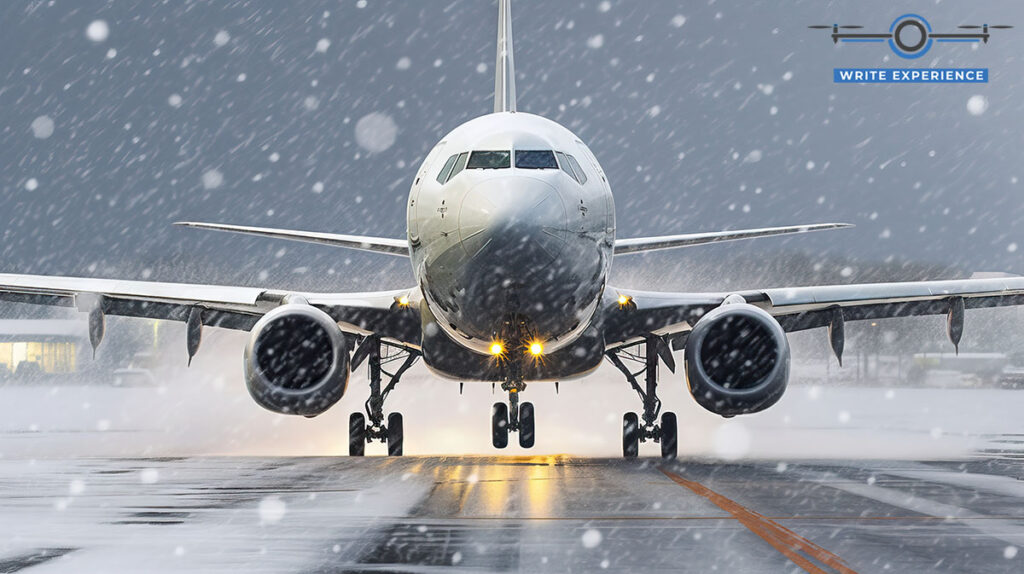
Snow is definitely less hazardous than ice, but it still increases the time and distance required for both landings and takeoffs. Specialized procedures and prior training are advised to ensure pilots can maintain great control during these critical phases.
Do Flights Get Canceled for Rain? How Much Rain and Wind Can Cancel The Flight
No specific amount of rainfall alone can automatically cancel a flight. However, very intense storms often come with strong downdrafts, known as microbursts, which are deemed dangerous for flight operations.
Likewise, there is no universal maximum limit for wind speeds, as it depends on other factors like the flight phase or wind direction. But in most cases, crosswinds over 40 MPH and tailwinds beyond 10 MPH are more than enough to cause challenges, especially during landings and takeoffs.
What To Do If The Plane Cannot Land Due to Extreme Weather Conditions
According to our experience, most pilots would divert to an alternate airport closer to the plane’s current location and with better weather conditions, factoring in the remaining fuel before deciding.
They must also ask passengers to wait for the weather to clear up. For safety measures, they might even be required to disembark from the plane to stay overnight at a hotel near the airport.
What Are The Airport Procedures for Bad Weather
Hazardous weather conditions cause thousands of flight delays and cost airlines billions annually. To minimize disruption, most airports adhere to the following procedures:
- Ground stops: ATC requires the plane to remain on the ground.
- Ground delays: The plane is delayed from departing to manage traffic flow and avoid congestion.
- Airspace flow programs: The departure times are adjusted, delayed, or canceled according to the situation.
- Severe weather avoidance plans: If the storm is predicted but has not yet occurred, airlines will implement specialized plans to reduce air traffic issues in those areas before the plane takes off.
Conclusion
While it is still safe to fly in the rain, pilots must be prepared to divert to a temporary airport or find another route in case of inclement weather conditions. Do not forget to stay connected to the ATC and double-check the weather radar, ensuring you can access up-to-date weather data throughout the flight.




